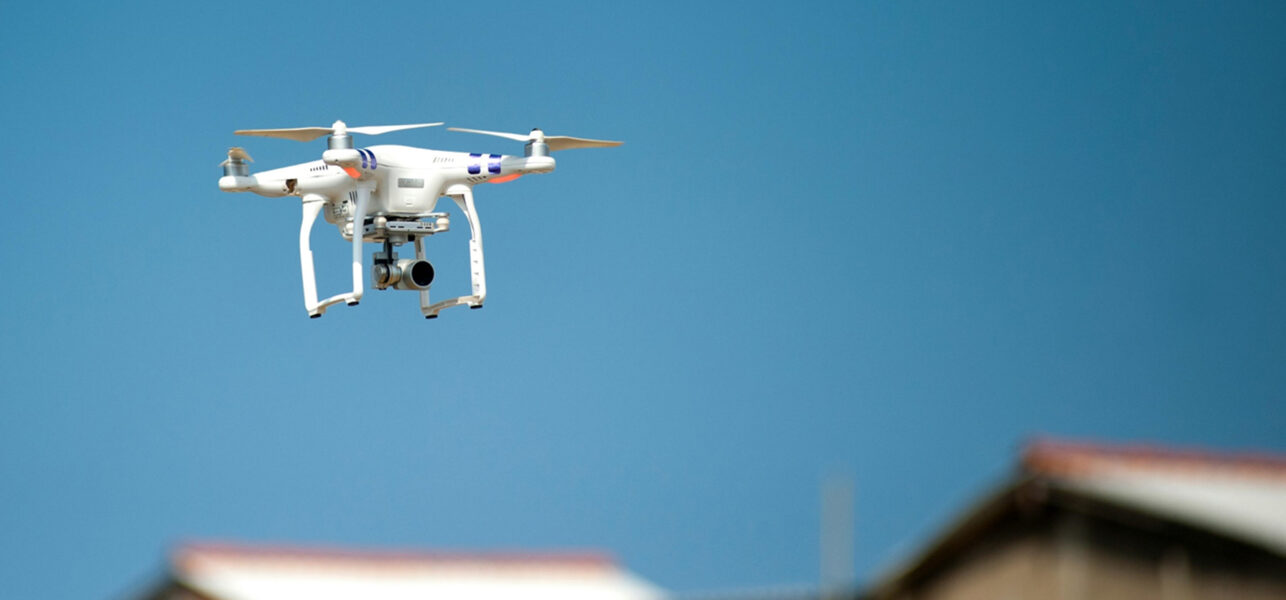
Improving Australian Drone Rules Reliability
In early 2024, the former Spatial Vision team, now operating in Veris, was contracted by the Australian Government to improve the representation and management of drone rules across Australia to ensure clear and accurate communication to the public.
The Challenge
Given the dramatic uptake of interest and usage of government, commercial and recreational drone technologies over the past decade, increased awareness is required for individuals and organisations to be informed of environmental or security restrictions that may apply to their drone-related flight activities.
Recently, the Department of Infrastructure, Transport, Regional Development, Communications and the Arts (DITRDCA) has launched the Drone Rules Map which presents approximately 7,600 distinct restricted areas from 15 government agencies across Australia.
Importantly, the map shows non-safety drone rules, for example in National Parks and Forestry Reserves which require appropriate permissions and/or permits in order to legally operate a drone for recreational or commercial use.
The platform is intended to better inform drone pilots of areas where drone rules apply, for example in National Parks, Forestry reserves and over correctional facilities. To support and promote the accuracy of the Drone Rules Map, the department contracted the Spatial Vision team, now operating in Veris, to improve the map via two key methods:
- Improve the accuracy of corrections facilities (currently presented as point locations on the drone rules map) to show accurate boundaries of these facilities
- Improving the management of drone rules boundaries and attributes through conversion of original spreadsheet structure to a spatial database table.
The Solution
The former Spatial Vision team now operating in Veris, was well-placed to deliver this project given our strong experience and track-record developing similar database construction and dataset creation solutions for our government and private clients. Considering the range of stakeholders across the department and contributing authorities, consultation was essential to ensure a fit-for-purpose database design, that considered tools and software available and prioritised collection of high quality standardised data, alongside a methodology for creation of the correctional facility dataset.
By facilitating discussions with stakeholders, we uncovered critical complexities and specifications that shaped the proposed design methodology. One significant advantage of these discussions was the opportunity to understand stakeholder pain points and explore ideas for creating a dynamic authoritative drone rules dataset that can adapt as regulations evolve.
Our solution incorporated all relevant departmental data and fly-rule restrictions in a single point-of-truth authoritative database. This is hosted and managed internally in the client’s enterprise infrastructure, with external views that could be created via an ETL process for mapping visualisations. Workflows to incorporate new contributions and updates from external agencies were developed, proposing the use of Survey123 for capturing new information and updates to no-fly restrictions and rules, without giving access to the full dataset.
The Benefit
Cornerstones of the design in this project were:
- Understanding the client’s environment, complexities and tools available
- Fit-for-purpose design that considered stakeholders current requirements but also considered and allowed for future improvements
- Communication of methodologies including limitations, potential improvements and proposed design to non-spatial staff
- Provision of application ready database, actionable recommendations and detailed findings report.
Through the deliverables of this project, the authority of drone rules boundaries and attributes has been reinforced and optimised allowing the Department to have confidence in the dataset and the rules being presented to the public, while also reducing the maintenance required. As the dataset and Drone Rules Maps evolves, future improvements proposed by the former Spatial Vision team will significantly lower the barrier for stakeholder agencies (particularly those with limited spatial capacity) to contribute and define new and existing rules. Overall, the project delivered on the key goal of enhancing the Drone Rules Map reliability, allowing end-users to make informed decisions prior to piloting their drones.